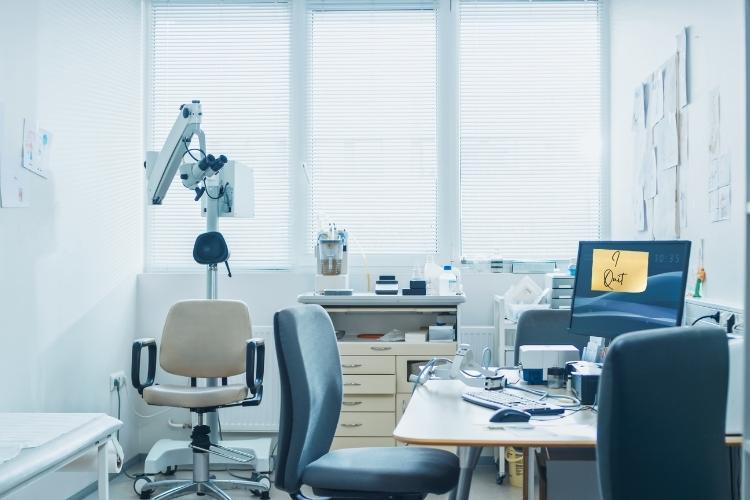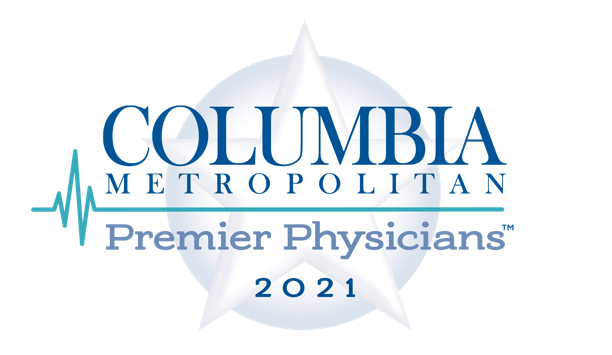Assembly Line Medicine – Part 2 – The Disappearance of Private Practices
Welcome back for Part 2 of my Assembly Line Medicine blog series, my commentary on Ms. Devorah Goldman’s recent Wall Street Journal opinion piece titled, “The Doctor’s Office Becomes an Assembly Line.” You can read her very thoughtful article HERE. As I read this article, I felt my blood start to boil and I wanted to shout “This….THIS is why I opened my own Direct Primary Care (DPC) family medicine office!” I’d like to start this blog by discussing a sad fact that was quoted in the article:

“According to a 2020 survey by the Physicians Foundation, 12% of all US doctors either closed their offices… or were planning to do so within the year.”
To put that into perspective, there are around 1,000,000 physicians in the US, so 12% would be 120,000. According to the numbers provided by the AAMC, that would be the entire physician workforce of SC (11,666), NC (26,481), GA (24,054), TN (17,133), AL (10,614), MS (5,562), KY (10,319), and LA (11,737).
This is also equivalent to about 24,000 practices. Yikes! I assume these physicians have either decided to retire early, finally sell their practices to the hospital system (which would keep them open), or finally take the offer of becoming an administrator. There is already a physician shortage in this country. Why are we not stepping up to help these practices stay afloat in a meaningful way? After all, it is the community surrounding these practices that will suffer. An unhealthy community will not thrive.
As I mentioned in the last blog post, Ms. Goldman’s article also stated:
“In 1983, more than 75% of doctors owned their own practices…. By 2018 that figure had dropped to 46%.”
I certainly have a bias given the physician colleagues that I know and the medical environment in Columbia, SC, but it surprises me that the percentage from 2018 is 46% and not lower. Why does this matter? What happens when physicians give up their ownership rights in a practice? Each physician cares for a unique community of patients. The physician develops techniques of caring for those patients in a way that suits them best, which is called personalized care. The freedom to provide personalized care is greatest in a private practice. As an example, I had a patient sign up with Noreta who ended up being diagnosed with terminal cancer and could not come to the office for various reasons. I did several home visits with them (they were living in a motel) until they passed away. I had the freedom to make the decision to care for my patient in their unique situation – bring my services to them because I felt it was the right thing to do – ONLY because I own my own practice. In a large healthcare system-owned practice, I may have been allowed to do a home visit, but then I would have been responsible for making up the time I was away from the office or my pay would have been docked. Even if I accepted the dock in pay, I may have been called to task by administrators for having lower visit numbers for the month.
A direct consequence of the loss of physician freedom is an increase in non-personalized, scripted care for patients. As Ms. Goldman wrote:
“[the] core advantage of the small, privately owned practice: the sense of personal, immediate responsibility between physician and patient.”
I am very proud to have done the opposite of the trend described in the article by hanging my shingle and opening my own Direct Primary Care (DPC) private practice during the pandemic.
Granted, I did not expect a pandemic to occur, and I feel for physicians who have had to make very tough choices over the past 2 years. I’ve said it before, but I want to emphasize again that Direct Primary Care (DPC) can be a solution to the problem noted in Ms. Goldman’s article. Sure, it is a financial risk to open a practice, but opening a DPC office requires less money up front. If a doctor is in the 12% of physicians considering leaving medicine this year because they feel they have lost the ability to provide personalized care, then DPC can be a solution for them. Their patients would continue to be able to see the doctor who knows them best, and the doctor would have the freedom to provide personalized care for these patients.
I’ll talk more about why DPC makes financial sense for patients, other physicians and the healthcare system in Part 5 of this blog series.
Up Next: Assembly Line Medicine – Part 3 – Big Box Medicine
Melissa Boylan MD, FAAFP
Family Physician and Owner of Noreta Family Medicine
NoretaFamilyMed.com

